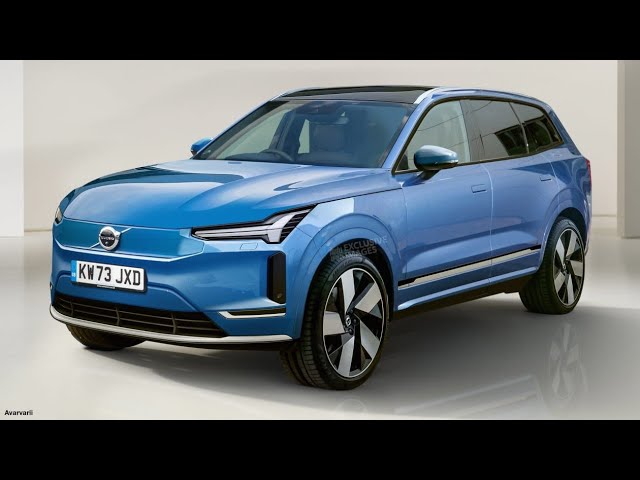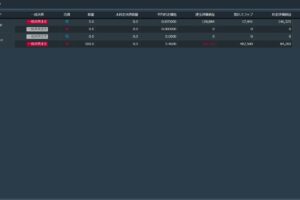The Swedish automaker’s quarterly operating profit slipped to 2.1 billion Swedish crowns ($193.41 million) from 3.3 billion a year ago.
Volvo Cars expects lower wholesale volumes this year as it reported a drop in third-quarter operating profit, hit by higher costs and lower volumes.
While manufacturing output continued to improve in the third quarter, the pace of production normalization was slowed by power outages and COVID-19 related lockdowns in China, the automaker said Thursday.
Volvo now expects 2022 wholesale volumes to be “slightly lower” compared with the year before, down from a previous forecast for better wholesales volumes than in 2021.
‘Punative’ chip prices
In addition, Volvo said it had been forced to conduct spot buying of semiconductors to fill production shortfalls.
“For the ones that are in extremely high demand and extremely low supply you are going to be a multiple that is punitive,” Volvo CEO Jim Rowan told Automotive News Europe. “On the other ones, you can you pay a premium on the base price, but it’s not prohibitive.”
When asked what Volvo is doing to offset this Rowan said earlier this year the automaker created a “spot market team” within its purchasing group to track prices so Volvo could can take advantage when prices drop.
Quicker reaction
“Sometimes days make a difference in terms of the multiple you need to pay,” he said. “So what we’re adding on top of the current systems is a supply chain analytics tool that allows us to see this a little bit quicker.
Despite robust demand throughout the year, a global shortage of semiconductors has forced Volvo and its peers to curtail vehicle output. Only this week, the shortage saw Volvo having to shut one of its Swedish factories for a week.
Along with volatile chip prices, higher logistics and raw materials costs dragged down Volvo’s operating profit.
EBIT below 2025 target
Stockholm-listed Volvo, majority owned by Chinese automotive company Geely Holding, said its quarterly operating profit fell to 2.1 billion Swedish crowns ($193.41 million) from 3.3 billion a year ago. In addition, Volvo’s quarterly EBIT margin was 2.6 percent, now from 5.5 percent during the same period last year and well below it’s 2025 target of 8 to 10 percent.
The company aims for 50 percent of its sales to be full-electric cars by the middle of the decade — up from 7.5 percent through nine months of this year — and wants to be an electric-only brand by 2030.
Volvo is pursuing the goals amid an industrywide EV shift in which auto suppliers have to shoulder extra costs while already squeezed by rampant inflation and soaring energy prices.
Rowan said that it was important to continue to work toward electrification despite the mounting challenges.
“At this particular point in time, it can be easy to be distracted and not focus on your long term sustainability goals,” Rowan told Reuters, adding that he believed it was possible to find solutions to be sustainable without hurting its profit.
Douglas A. Bolduc and Reuters contributed











コメントを残す